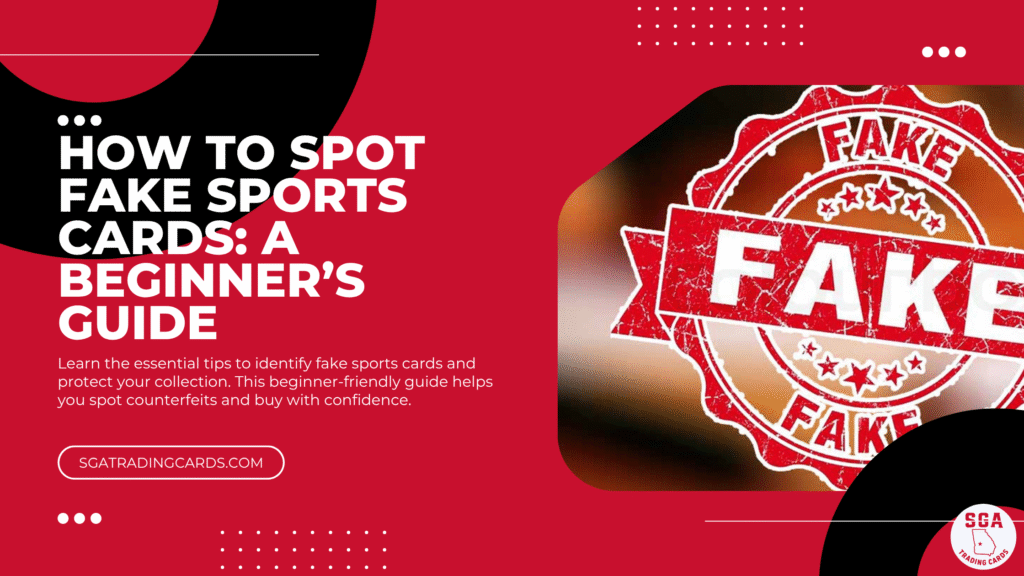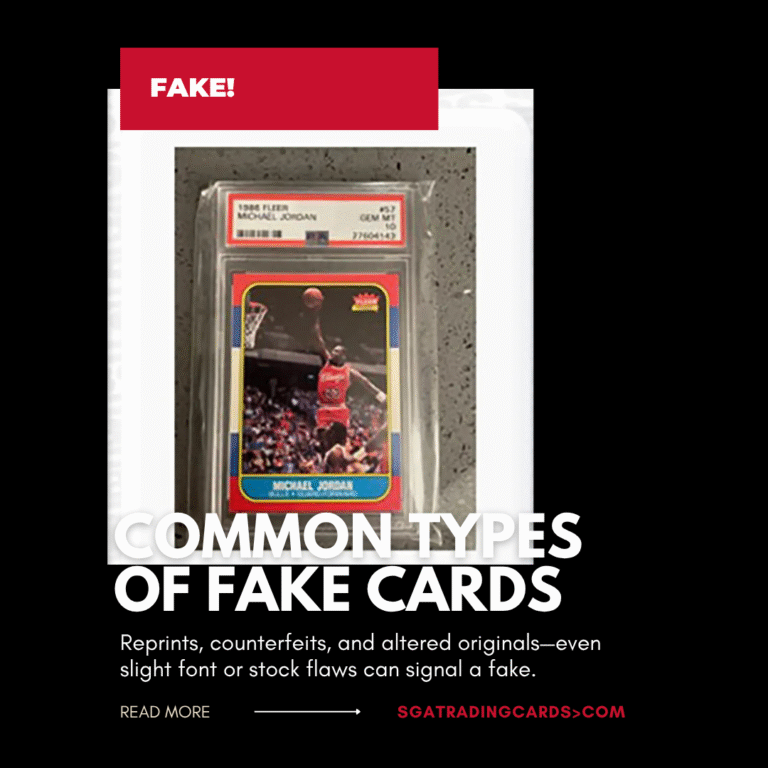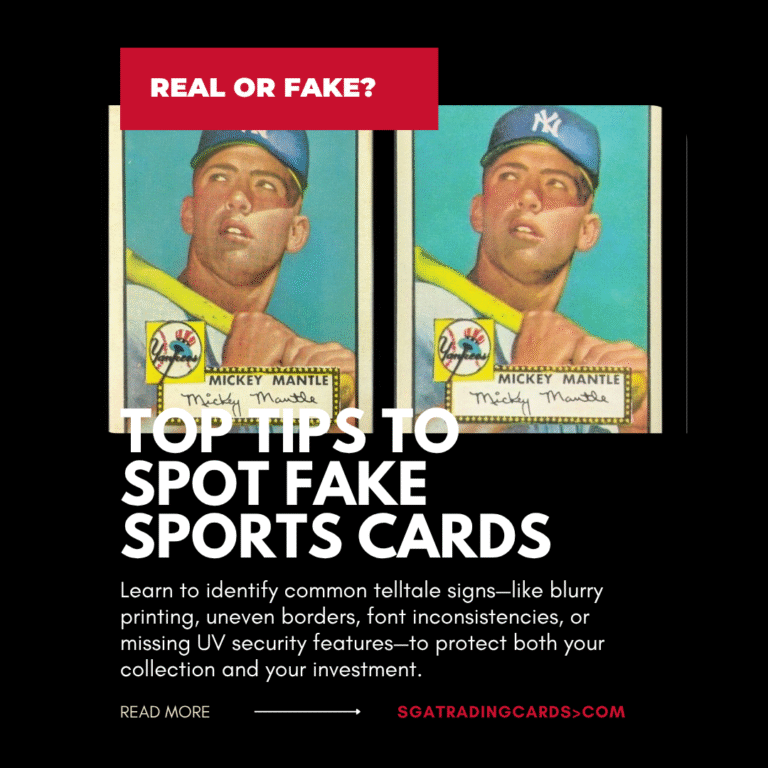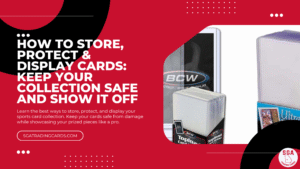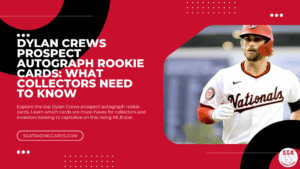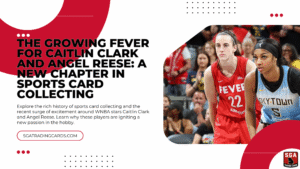Summary in Context
| Tool / Method | Purpose |
|---|---|
| UV Light / Black Light | Reveals modern materials in counterfeit cards |
| Loupe / Magnifier | Highlights print dots, font issues, alterations |
| Grabbed Reference Card | Compares colors, stock, borders |
| Authentication Services | Grading firms authenticate and add confidence |
| Community Verification | Crowdsourced insights and red flags |

